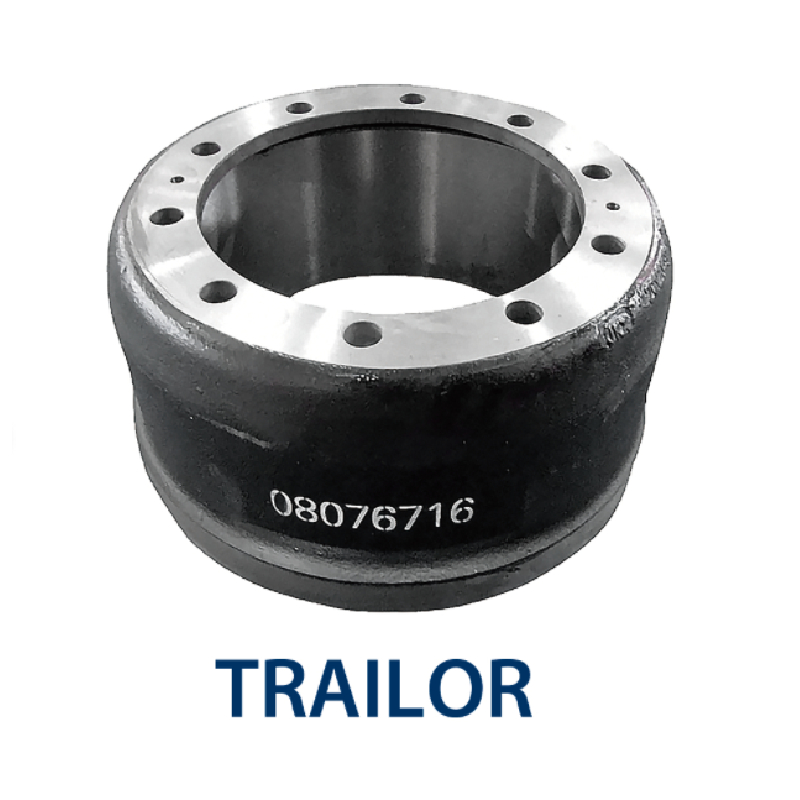Sep . 28, 2024 10:09 Back to list
when do brake drums need to be replaced
When Do Brake Drums Need to Be Replaced?
Brake drums are an essential component of a vehicle's braking system, particularly in those with drum brakes. Understanding when to replace these components is crucial for maintaining optimal safety and performance. Brake drums, like other parts of the braking system, wear down over time and with use.
One of the primary indicators that brake drums need replacement is audible noise. If you hear a grinding or squealing sound when applying the brakes, it may suggest that the brake shoes have worn down to the point where they are making contact with the drum's surface. This can lead to irreversible damage to the drum itself, necessitating a replacement.
Another sign to watch for is vibration or pulsation in the brake pedal. If you feel these unusual sensations when applying the brakes, it often indicates that the brake drum may be warped or unevenly worn. Warped drums can produce inconsistent braking performance and should be inspected and potentially replaced.
when do brake drums need to be replaced

In addition to these symptoms, regular visual inspections can help determine the condition of your brake drums. Mechanics often check for cracks, scoring, or discoloration when servicing the brakes. If you notice any significant surface irregularities or if the thickness of the drum has decreased beyond the manufacturer’s specifications, it is time to consider replacement. Most manufacturers provide guidelines on minimum thickness; adhering to these standards is critical for safe vehicle operation.
Frequency of use and driving conditions also play a significant role in the lifespan of brake drums. For instance, if you frequently drive in stop-and-go traffic, tow heavy loads, or operate your vehicle in mountainous regions, your brake drums may wear out more quickly than they would with normal driving conditions. As such, paying attention to your driving habits and how they can affect your brake drum longevity is essential.
Routine maintenance is key. During scheduled vehicle inspections or brake service checks, mechanics can assess the condition of your brake drums. It is advisable to have your braking system examined every 20,000 to 30,000 miles or as recommended in your vehicle’s owner’s manual. Staying proactive about your brake maintenance can not only extend the lifespan of your brake components but also ensure your safety on the road.
In conclusion, being mindful of the signs that indicate when brake drums need to be replaced can help prevent more serious issues down the line. Listening for noises, feeling for vibrations, performing visual inspections, and keeping a maintenance schedule are all crucial steps in maintaining your vehicle’s braking efficiency. Always prioritize your safety by addressing brake issues promptly.
-
Scania Brake Drums: OEM Quality for Optimal Safety & Durability
NewsAug.16,2025
-
R.V.I: Advanced Remote Visual Inspection for Precision
NewsAug.15,2025
-
Discover HYUNDA: Innovative Vehicles, Equipment & Solutions
NewsAug.14,2025
-
R.V.I: Unlock Advanced Insights & Real-time Performance
NewsAug.13,2025
-
Kamaz Brake Drum: Durable & Reliable for Heavy Duty Trucks
NewsAug.12,2025
-
Heavy Duty Iveco Brake Drum - Premium Quality & Safety
NewsAug.11,2025
